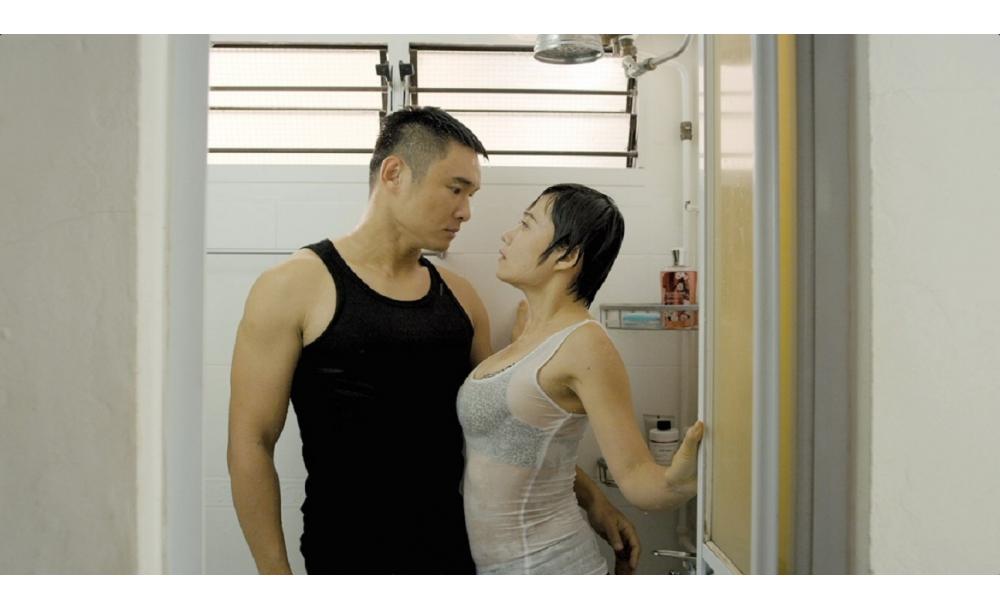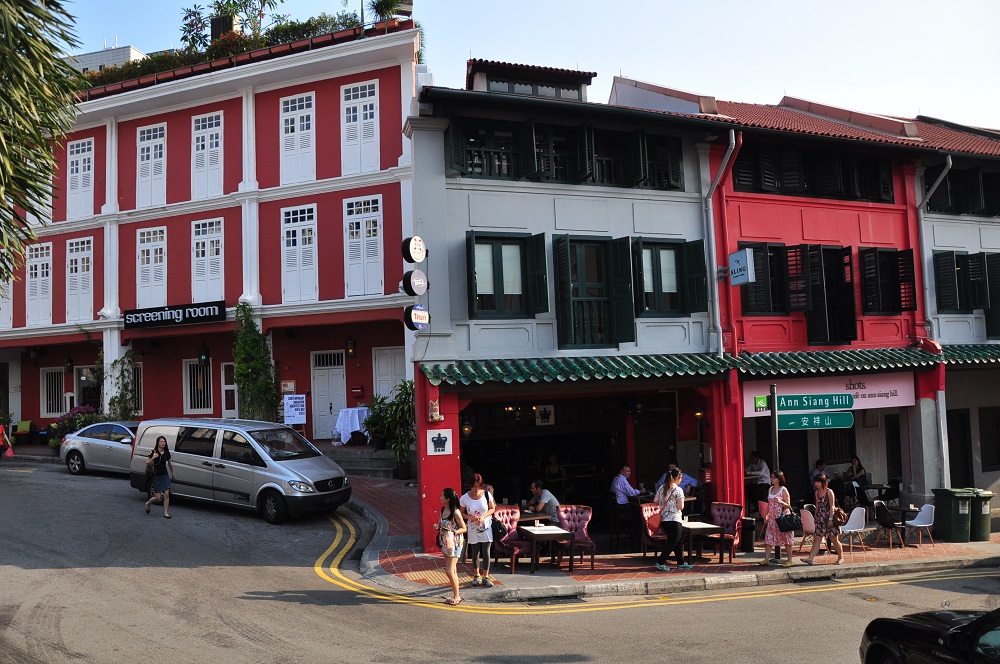As one of the pioneers of local fine art photography, 73-year-old Loke Hong Seng trawled the streets of Singapore between the early ‘60s to mid ‘80s to document the building of our cityscape. 20 previously unseen black-and-white photographs are now on show for the first time at A Social Portrait of Singapore: The Critical Years 1963-1985. He talks about the origin and content of this important archive.
How did the series come about?
It started out by chance and was almost a casual affair. In fact, the first few photos were taken with my brother’s camera, a humble Topcon, and from then on I was hooked. I was taking the sampan out to Kusu Island (where people used to go for worships) from the old Clifford Pier. The year was 1963 and I had no company with me during the trip. And as I looked back onto the city landscape, a nostalgic feeling swept over me—this feeling of a journey, of going away, and I started taking some shots.
Singapore at that point was changing rapidly and I took that as an opportunity to capture my feelings and emotions. While the first few shots were taken from the sampan, I started wandering around the city to take more to improve my technique, and that’s how I started on street photography. I also read up on Henri Cartier-Bresson, on the various techniques and philosophies of shooting, including that of the “decisive moment” and adopted some of the ideas into my own development. If you’re alert you can always get a good picture.
Even though the photos were taken over the period of more than 20 years, you kept the collection relatively small.
I took about 200 photos overall. I didn’t just shoot randomly. I wanted to capture moments or scenes which depicted our changing landscape and to tell the different stories of how everything is fast disappearing. It required a lot of patience. It is almost like creating a narrative of the city and its people. The link to all the photos is history. The government was working on various changes for the city and its people to have a better future and that certainly affected the lives of everyone. You have to understand that Singapore in the ‘60s was still pretty much a kampong and most people can just survive for $35 a month because all they needed to do was feed the chickens.
How did you decide on the various locations to shoot?
You have to learn to find your subjects – the pictures are as much about me as of the people. For the HDB flats for example, which I shot mostly in Toa Payoh, I wanted certain vantage points which would provide an overall view. So I had to climb all the way up to the top of the construction site when they were still building it. Access was much easier compared to now but I had to be careful because I remember seeing bricks being thrown from one floor to the other! But the workers were very nice and cooperative, and they were actually quite enthusiastic.
Why stop at 1985?
Because by that time Singapore was already developed and urbanized. I’ve also lost the feeling to capture more shots as after all; the series was about the change towards a better future. We were there by then.





